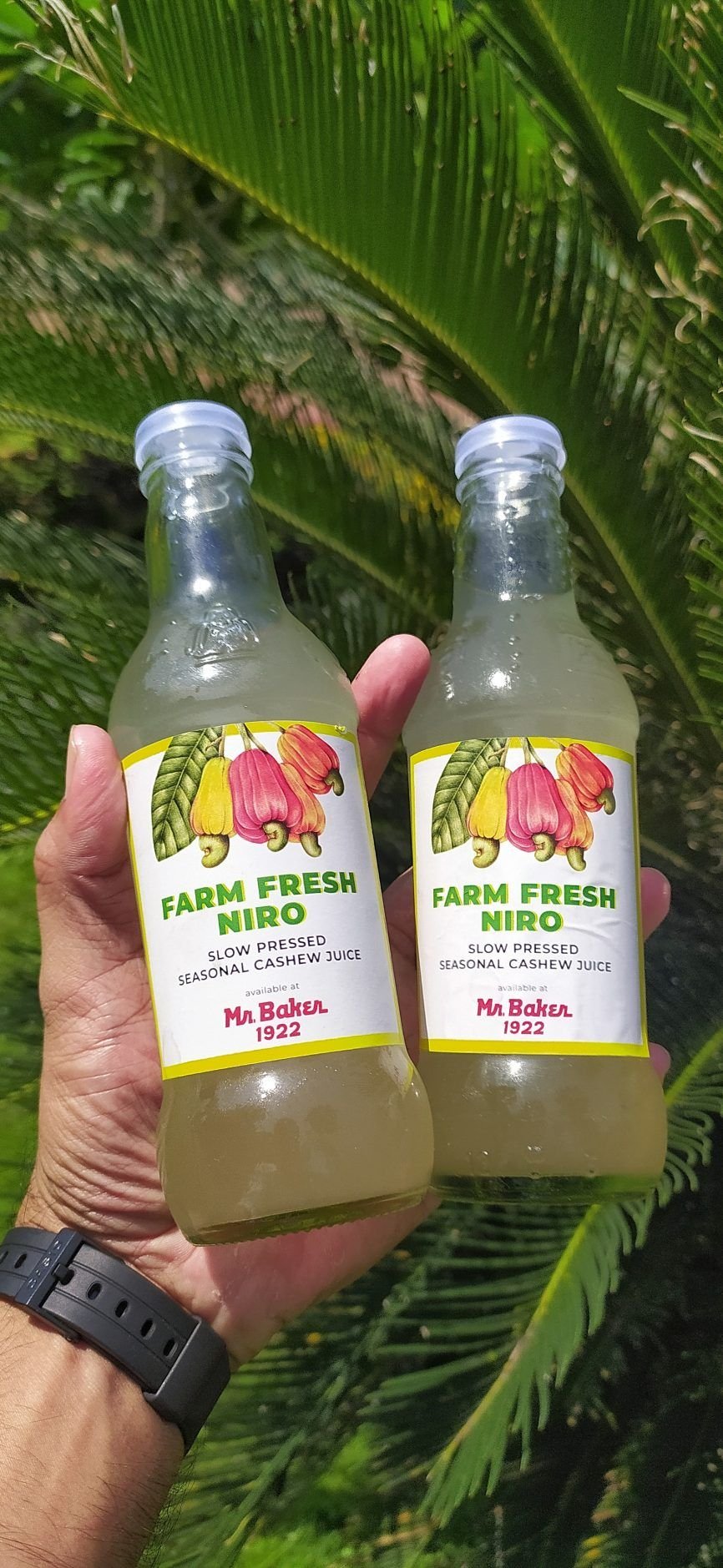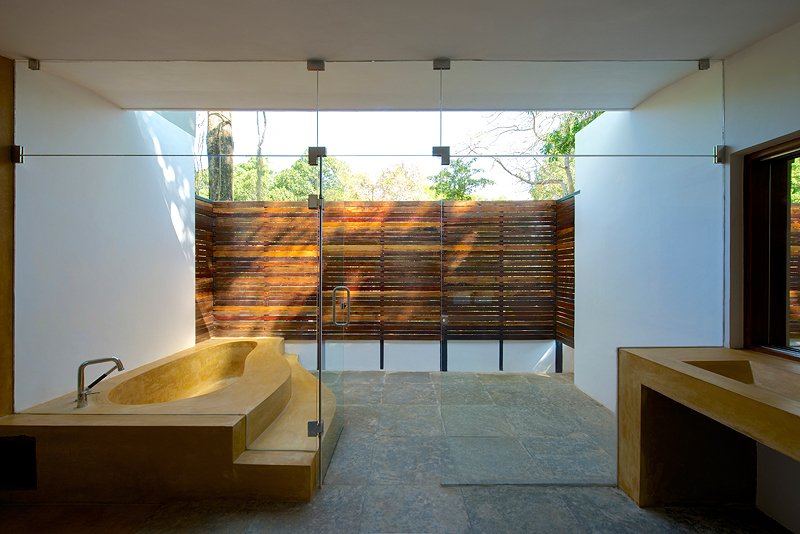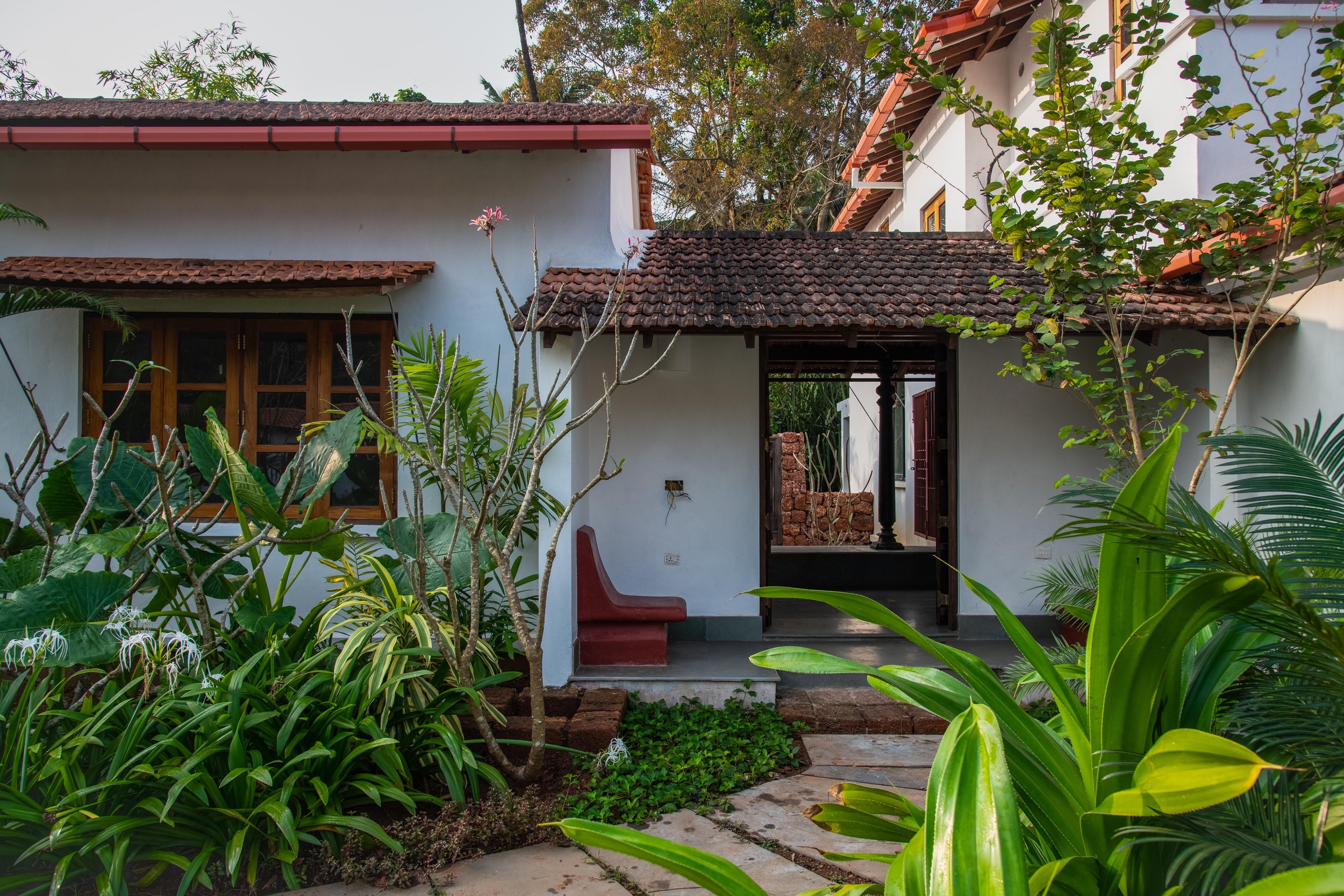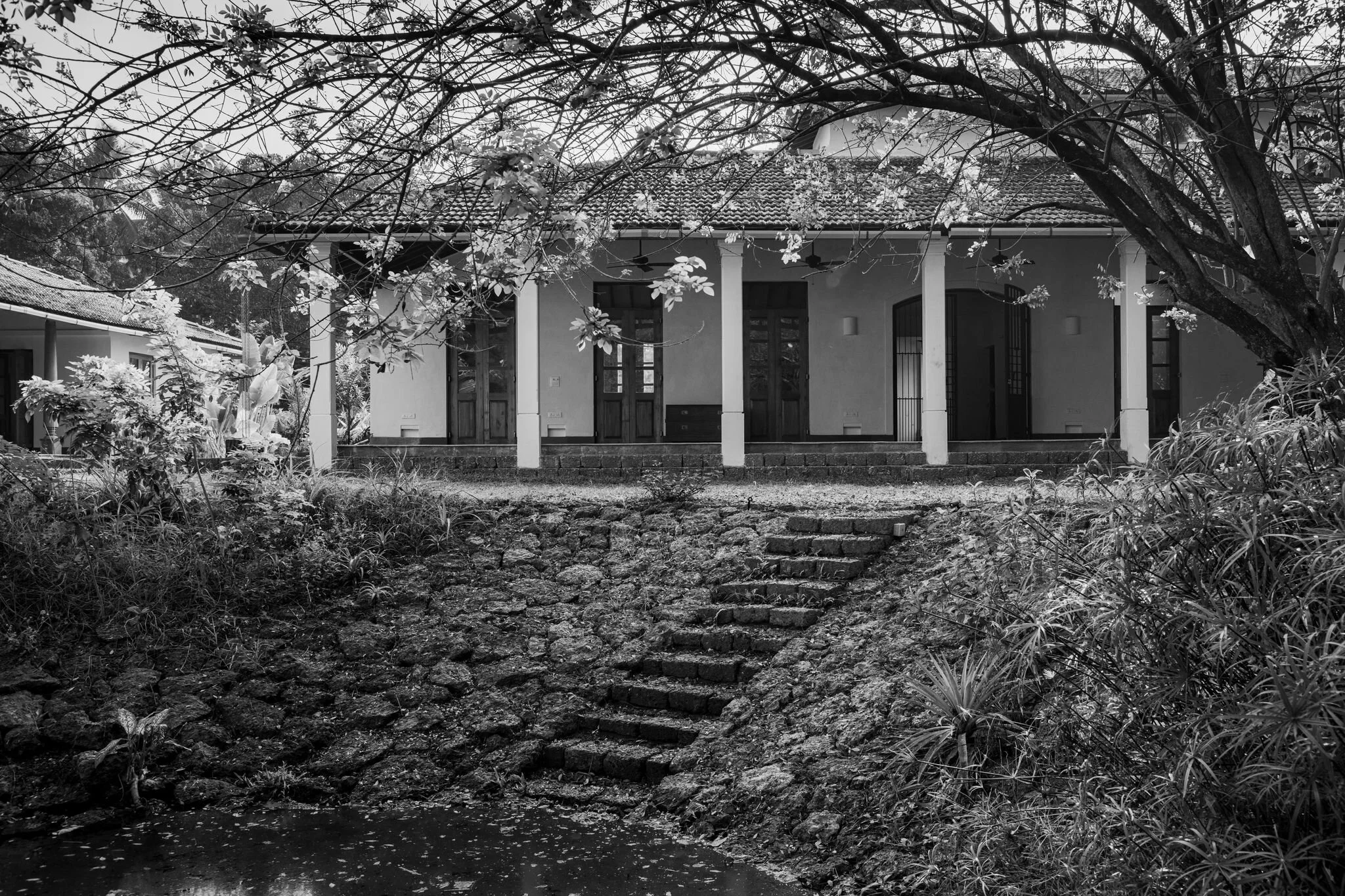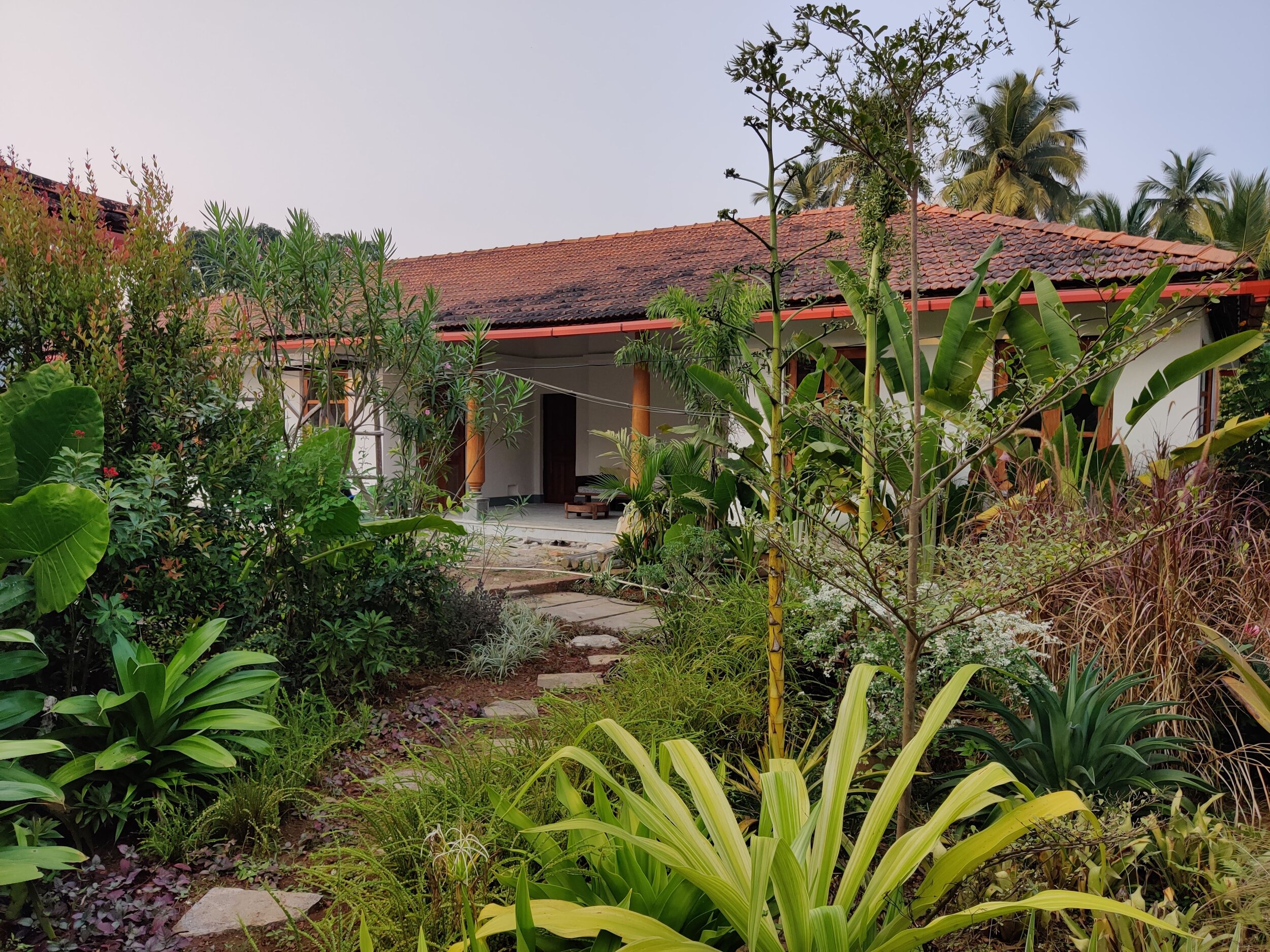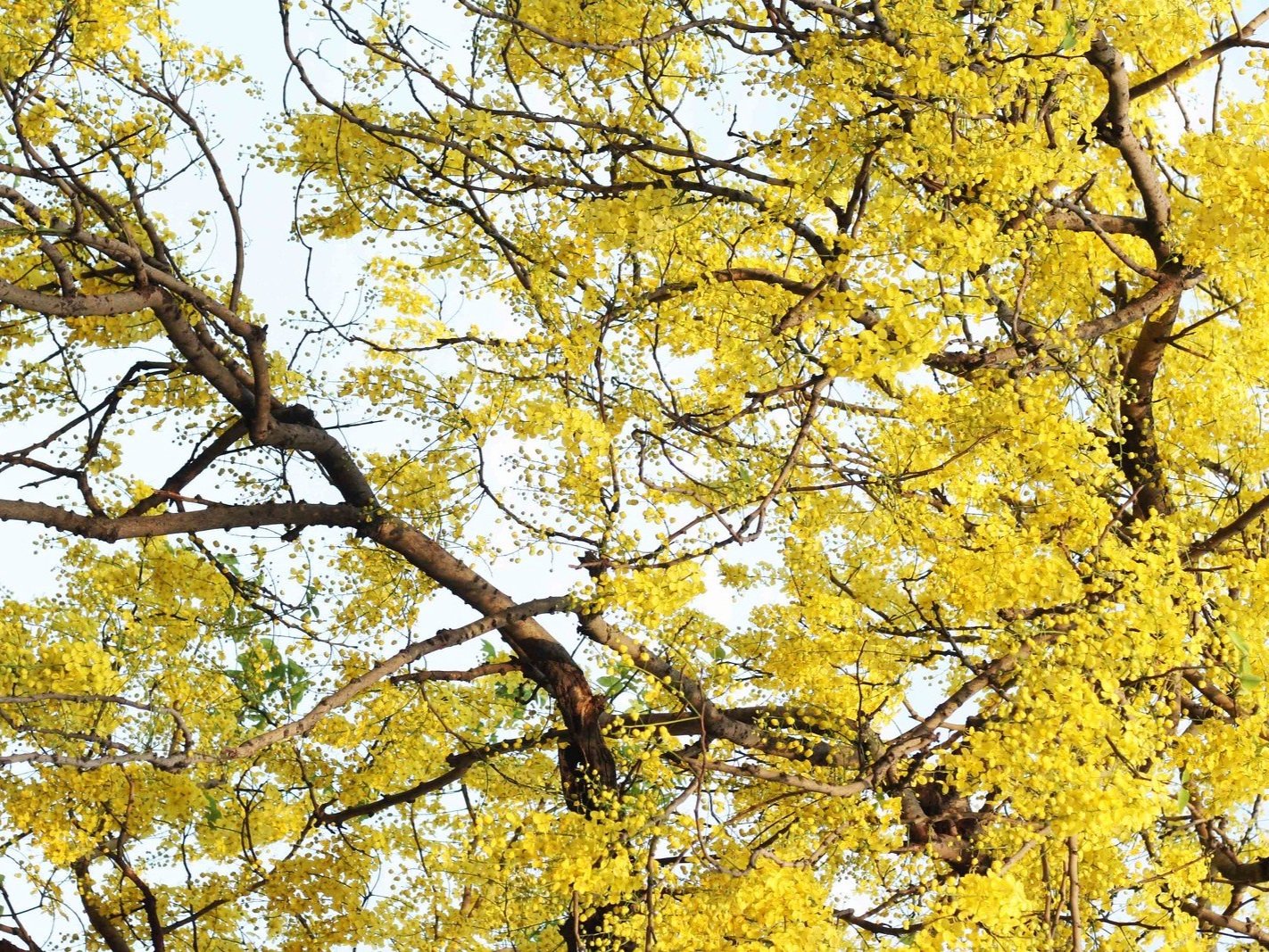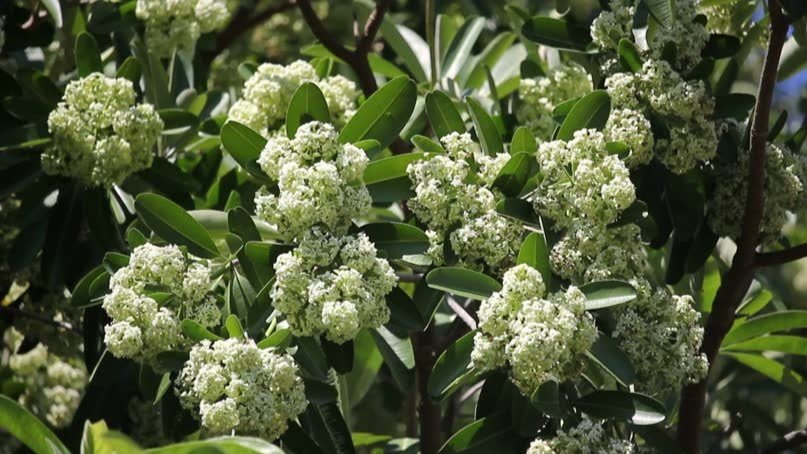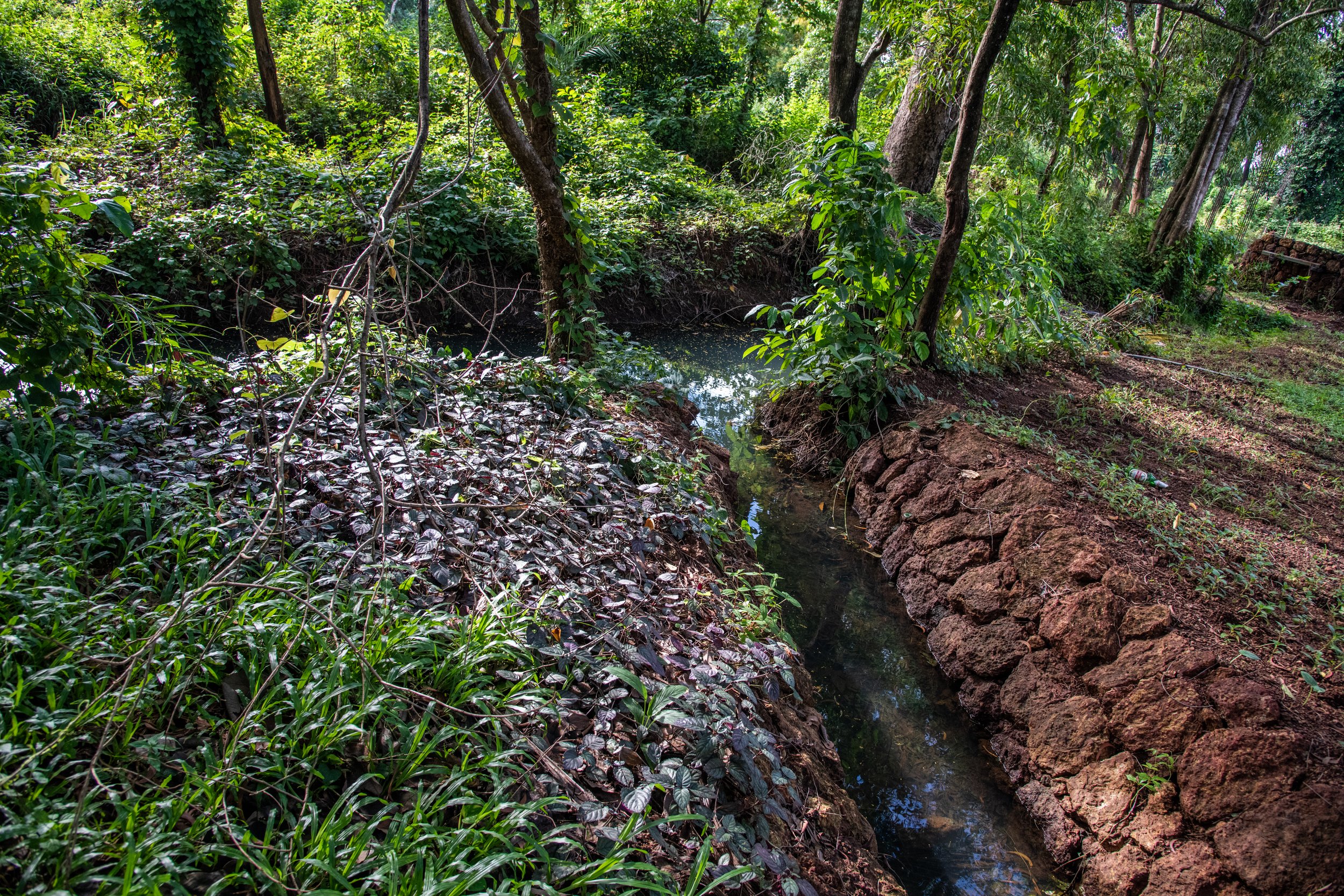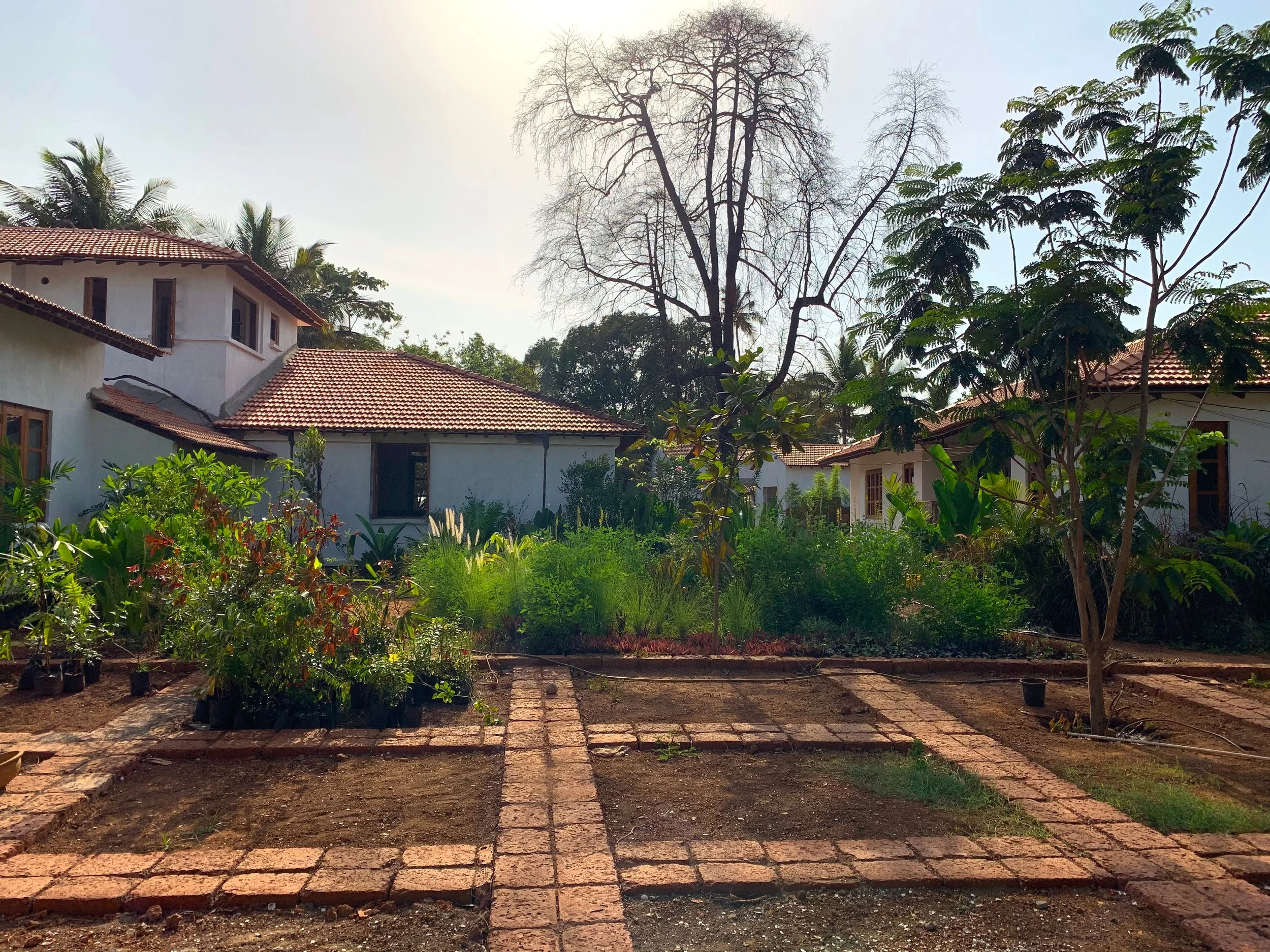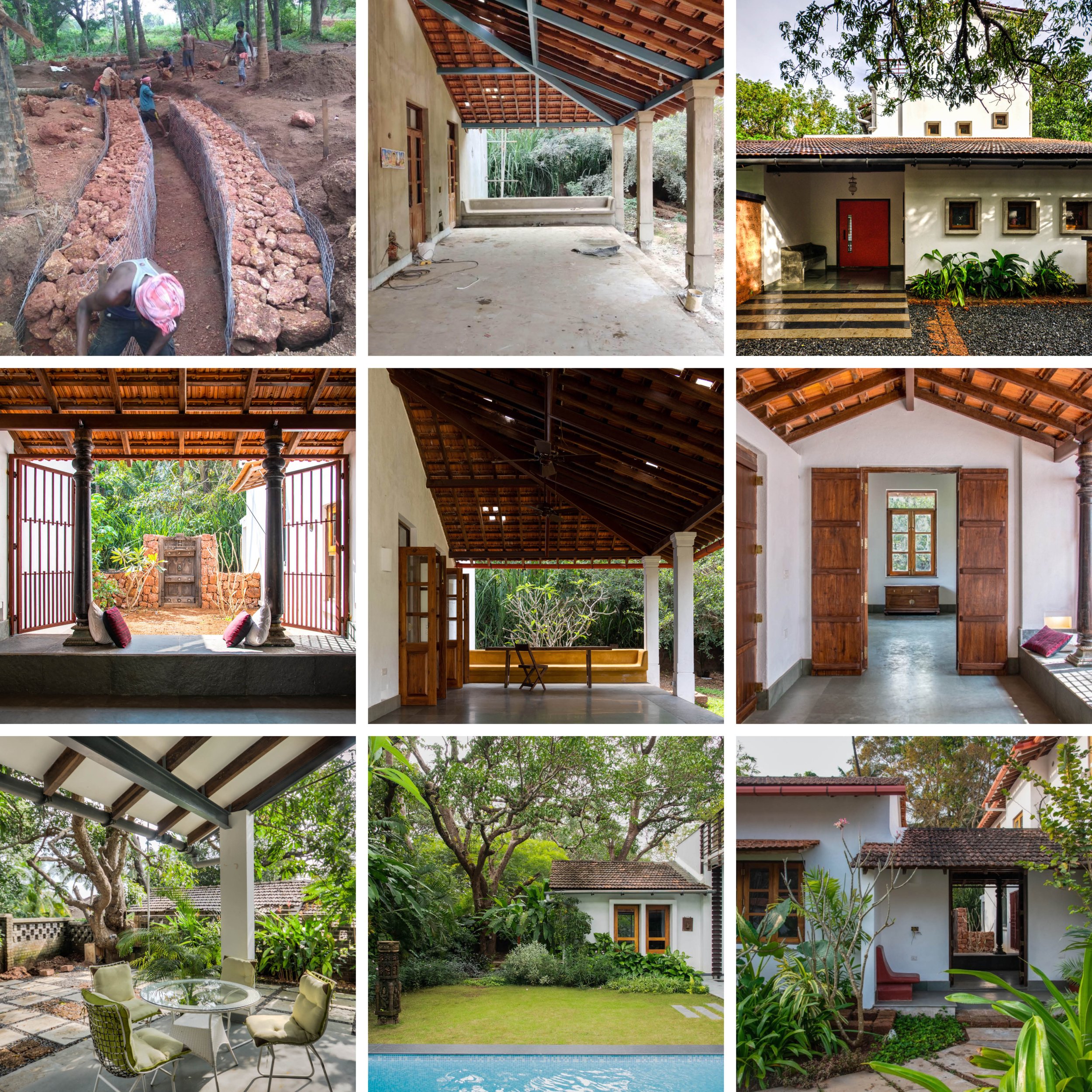As people move from cities in search of a better quality of life, Goa is often the first choice as it offers the perfect balance of the urban and the countryside. It makes room for a simple but luxurious lifestyle that celebrates the changes in nature, vegetation, and climate throughout the year. From Kokum in the late winter to cashews and mangoes in the summer to the famous kom and pipri in the monsoon, life in Goa is very much about savouring the bounties of seasonal living.
Come summer, it is cashew season in Goa and the trees are laden with fruits in sunset colours - the cashew tree swells with ripe produce in shades of red, yellow and orange. Between late February and early April, a majority of cashew harvest is carried out. Picking days are planned and cashew trails are organised as fruit is separated from nut. The freshly collected cashew nut is then prepared for the market - split, roasted, and seasoned before it makes it way to different parts of Goa, India, and beyond. The fresh cashew fruit however is carefully preserved and fashioned into a Goan summer delicacy. As the days grow warm outside, the Goan cashew fruit makes different appearances on the table throughout the season: first Niro, then Urrak, and finally Feni.
NIRO
After the fallen cashew apples are de-seeded, the fruits are thrown into a stomp pit and finely crushed to extract the juice. Sweet, sour and slightly pungent, the juice is collected into an earthen pot. In this fresh form, the juice called Niro has a shelf life of only a few hours and therefore, it is not commonly sold as a market product even within Goa. It is only within Panaji's oldest bakery, Mr. Baker 1922, that one would find bottled Niro, packaged under strict hygienic conditions and sold seasonally between March and May.
URRAK
All images have been sourced from the internet.
Once the fresh cashew juice is collected, it is stored in large terracotta pots and buried underground to ferment for three days. This first fermentation results in a high-quality, fruity alcohol called Urrak made precious by its short shelf life that lasts only a few weeks. Found in local bars but primarily in old Goan houses, Urrak is a seasonal drink that is a matter of great Goan pride, much like Sake from Japan or Chaang from the Himachali hills. The Goans typically enjoy their Urrak as a summer afternoon cocktail - topped with fresh cold limca, a dash of fresh lemon juice, a sprinkle of salt and paprika, and a chilli dunked.
FENI
Finally, there’s the popular Feni, which finds a place among the world’s strongest liquors. Feni is the second distillation of cashew pulp after Urrak and is found year-round in the coastal state. This summer elixir is either barrel-aged or copper pot distilled and then filtered for smoothness. Today, homegrown Goan distilleries like Aani Ek give the robust Feni a flavourful twist. The distinct local branding is also found in brands like Lembarca (in the image above), which to date carries a hand sketched label crafted by iconic Goan artist Mario Miranda.
Goa is a land of incredible natural and cultural diversity.
Learn more about Goa’s famous native landscape here.
To know more about where to live in Goa, visit this blogpost.
Finally, if you’re interested in buying a house in Goa, use this checklist.




